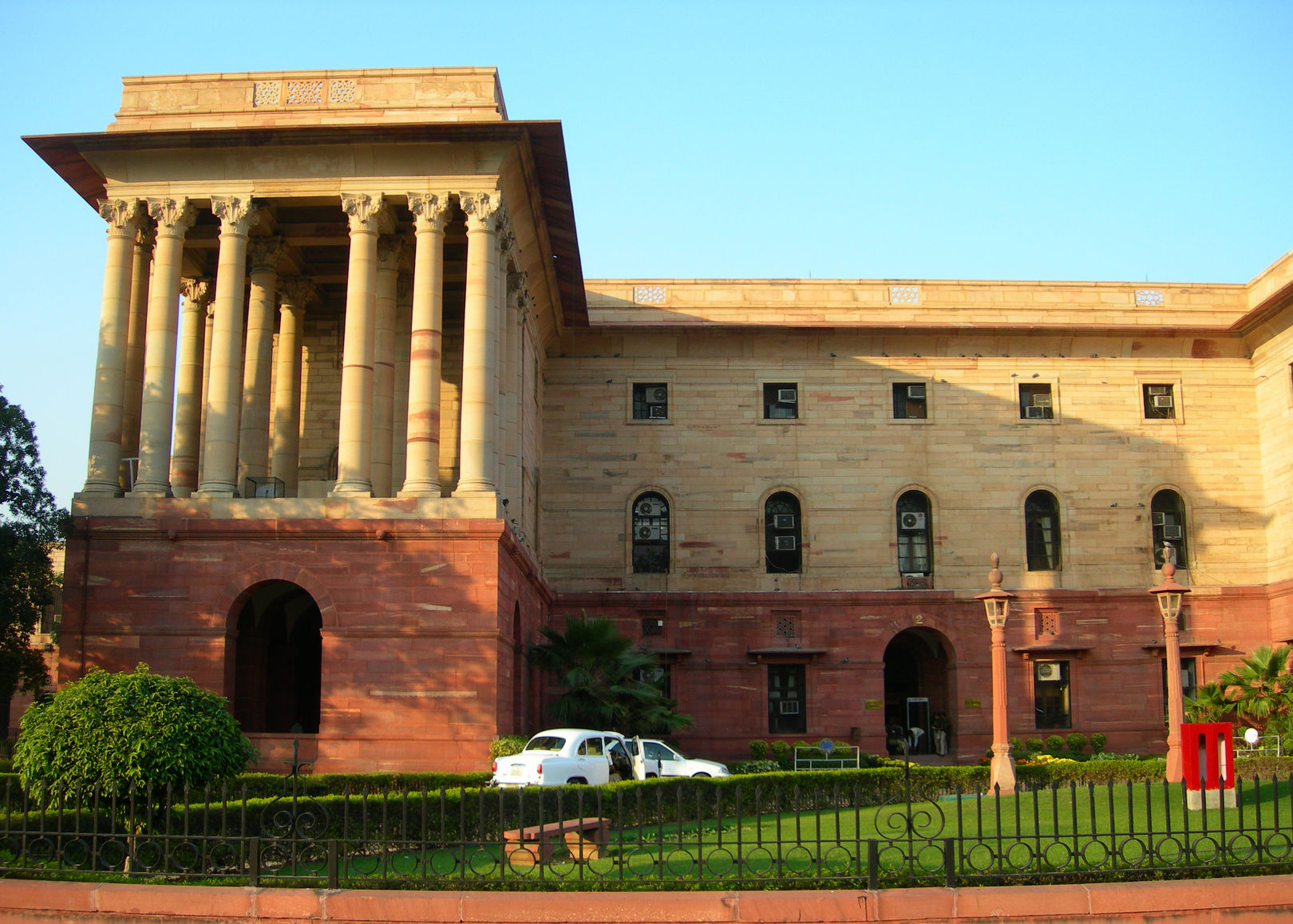The Securities Exchange Board of India (“SEBI”) has been actively updating the SEBI (Alternative Investment Funds) Regulations, 2012 (“AIF Regulations”) to strengthen the governance mechanism of alternative investment funds (“AIFs”) and bring in more transparency and accountability for market participants. The recent updates seem to be aimed at investor protection and ensuring compliance with the existing array of laws related to AIF Regulations.
SEBI has recently published a few consultation papers and sought comments/ inputs from the public and stakeholders in the AIF industry. We have summarised and analysed the key proposals.
Strengthening Governance Mechanisms of Alternative Investment Funds – SEBI Consultation paper – May 18, 2023
This consultation paper has floated suggestions for strengthening governance related procedures and mechanisms for AIFs. The consultation paper has five objectives:
- To specify the borrowing guidelines for Category I and Category II AIFs.
- To mandate AIFs to hold their securities/ investments in dematerialised form only.
- To extend the mandate of appointing custodians to all AIFs and prescribing their roles.
- To specify maximum extension of tenure by Large Value Fund for Accredited Investors (LVFs).
- To mandate renewal of registration of AIFs.
Proposal 1: Category I and Category II AIFs may borrow to meet shortfall in drawdown while making investment in an investee company, subject to certain conditions.
Category I and Category II AIFs are currently allowed to borrow funds only for meeting their day to day operating requirements, by not undertaking leverage for more than four times a year and to a maximum of ten percent (10%) of funds available for investments by an AIF, provided that each instance of borrowing does not exceed thirty days.
This SEBI proposal to provide regulatory parasol to borrowing for investments is indeed a welcome step for the AIF industry. SEBI has made it abundantly clear in its proposal that such borrowing should be on a last resort basis, only owing to delay or default in drawdown by one or a group of investors. The memorandum pertaining to the possibility of such borrowing suggests prompt disclosures to investors on the terms of such borrowing is likely to go a long way in ensuring a transparent and accountable borrowing regime for Category I and Category II AIFs.
CAM Analysis
Some of SEBI’s proposed modalities related to borrowing may throw up implementational challenges, which may lead to reduced acceptance and usage of the proposed flexibility. For instance, SEBI has proposed that (i) cost of borrowing must only be charged to the investor that has delayed/ defaulted in honouring a draw down notice and (ii) borrowed funds cannot be more than ten percent (10%) of the investment opportunity.
Specifically, the ten percent (10%) threshold for a specific portfolio investment may not be operationally efficient or practical. For instance, assume an investor has committed to more than ten percent (10%) of the total corpus of an AIF and is unable to honour the drawdown notice for some reason. In such a scenario, even if the AIF can borrow ten percent (10%) of the total investment amount for a particular investment opportunity, it may not be able to raise enough funds to invest in such an opportunity and therefore may have to let go of such investment opportunities. It is essential for the managers to evaluate alternate ways to plug such gaps. Managers may consider including escalated drawdown clauses in the AIF documents, on a pro-rata basis, to ensure that an escalated drawdown option is available.
Lastly, Category I and Category II AIFs which invest predominantly in unlisted securities carry high risk of illiquidity. In order to ensure that such AIFs do not indulge in prolonged and frequent leverage, it is proposed that a cooling off period is maintained between two periods of borrowing/ leverage by the AIF, akin to the requirement of such AIFs dealing in credit default swaps.
Proposal 2: AIFs shall hold the securities of their investments only in dematerialised form
SEBI has recently approved the proposal for mandating issuance of units of AIFs (in a phased manner) in dematerialised form for ease of monitoring and administration by stakeholders and for investor protection against operational risks and frauds.
The proposal to hold all AIF investments in a dematerialised form is the logical next step. It will further enhance transparency and ease of administration for AIF managers. It is to be noted that SEBI seems to be leaning towards offering flexibility for securities where a dematerialised mechanism is not available, including for overseas investments.
There may be instances where the dematerialisation is not mandatory for a particular security, where the AIF doesn’t hold controlling interest or enough bargaining power to mandate dematerialisation. SEBI being conscious of these issues had accordingly requested public comments, including on:
- Should there be a mandate to dematerialise such investments within a period of 12 months?
- Should such investments not be subject to requirement of dematerialisation?
CAM Analysis
It is evident from data published by SEBI in this consultation paper that approximately seventy two percent (72%) of all investments already held by AIFs are in dematerialised form. Overall, the proposal seems to outweigh the cost of implementation and compliance vis-à-vis its benefits.
Proposal 3: Mandating appointment of custodians for all AIFs irrespective of the corpus
Currently, only AIFs that are not mandatorily required to appoint a custodian are Category I and Category II AIFs having a corpus of less than INR five hundred crore (INR 500 crore), not dealing in credit default swaps.
As per data submitted by AIFs to SEBI, as on March 31, 2023, around ninety percent (90%) of the total investments made by all AIFs are held by AIFs with a custodian.
It is to be noted that SEBI (Portfolio Managers) Regulations, 2020 also mandate that every portfolio manager is required to appoint a custodian for securities managed or administered by it.
For ensuring independent monitoring of AIF investments, SEBI has proposed that similar responsibilities be cast upon custodians of AIFs that are akin to those applicable to custodians of foreign venture capital undertakings and foreign portfolio investors.
CAM Analysis
This proposal may create additional requirements and attract costs for Category I and Category II AIFs with relatively smaller corpus. While the proposal will favour investors, the devil will lie in the details. It remains to be seen how SEBI amends the AIF Regulations in relation to this proposal.
Proposal 4: Large Value Funds for Accredited Investors (“LVF”) may be permitted to extend their tenure up to four years, subject to approval of two-thirds of investors by value of their investment
LVFs are AIFs geared towards sophisticated investors with a minimum commitment of INR seventy crore (INR 70 crore). It is interesting to note that SEBI on June 24, 2022 had allowed unlimited extension of term of LVFs, subject to terms and conditions of the fund documents.
CAM Analysis
SEBI has quoted data that reflects that 19 out of 24 closed ended LVFs have limited their extensions to two years only, with two-third investor consent. Hence, SEBI has suggested restricting the extension of tenure of LVFs to not more than four (4) years. This may not reflect the market preference for such sophisticated products for big investors. Many of these LVFs may have been formed prior to flexibility offered by SEBI on June 24, 2022.
LVF are products geared towards sophisticated investors, which include multi-lateral institutions, development finance institutions, state and central government, qualified institutional buyers. It would be reasonable to presume that such investors have the necessary wherewithal for risk appetite and risk identification. SEBI should reconsider this proposal and relevant stakeholders should also offer their comments to retain the ability of multiple extensions for LVFs.
Proposal 5: AIF’s manager shall ensure that AIF pays renewal fee equal to 50% of its applicable registration fee for the subsequent block of five years
SEBI proposes to charge renewal fees to AIFs to ensure increased transparency among market participants. While the proposal seems to germinate from the fact that many AIFs hold a license without any activity or raising any capital in its schemes, the proposal seems to suggest that all AIFs will be required to pay a renewal fee in a block of five (5) year, starting from within three months from a notification being issued in this regard.
CAM Analysis
If this proposal is adopted, it may cause additional burden for AIFs, both from a cost and administrative perspective. Recently, vide a circular dated November 16, 2022, SEBI mandated that all AIFs that do not hold their first closing within one year of their private placement memorandum taken on record will have to refile such applications with SEBI. Interestingly, this already requires the application fees for refiling to be paid again and standing in queue for receiving fresh approval on the placement memorandums. Therefore, the abovementioned circular already takes care of inactive AIFs or AIFs otherwise unable to achieve their first closing. The imposition of further costs on all AIFs may not be a conducive step for the AIF industry.
Qualified Institutional Buyer Status of Alternative Investment Funds – SEBI Consultation Paper – May 19, 2023
Proposal: AIFs having fifty percent (50%) or more of contributions from one investor or investors belonging to the same group shall not qualify as Qualified Institutional Buyers
Currently, all AIFs registered with SEBI qualify as Qualified Institutional Buyers (“QIB”) as per the SEBI (Issue of Capital and Disclosure Requirements) Regulations, 2018 (“ICDR”). However, SEBI has noted that as on March 31, 2023 there are 318 schemes of AIFs that have five or less than five investors and 218 schemes out of these have either one or two investors.
SEBI believes that some of these structures may have been set up to take advantage of regulatory arbitrage and offer these underlying group of investors the QIB status that would not have been otherwise available to such investors under the ICDR.
Key benefits for QIBs are:
- Fifty percent (50%) allocation for QIBs in an initial public offer issue through the book building process, which meet eligibility criteria specified under reg 6(1) of ICDR such as net tangible assets or operating profit requirements.
- For issues not meeting specific criteria under reg 6(1) of ICDR and made through the book building process, under reg 6(2) of ICDR, at least 75% allocation must be made to QIBs subject to refund if the allotment is below the 75% threshold for QIBs.
- QIBs are also not counted for the purpose of two hundred investor limit per security for private placement by companies.
- QIBs are deemed accredited investors by SEBI.
CAM Analysis
While the proposal seems to enforce the regulatory intent of offering QIB status to only eligible and sophisticated investors, the details that come out in the SEBI circular will be interesting to review. It is often the case where few investment managers pool significant amounts of capital, often more than fifty percent (50%), in a feeder entity to an AIF. While the proposal may seem innocuous, the actual circular relating to this will need to granularly define which AIFs will not be considered as QIBs.
Consider a scenario wherein the money is pooled in one feeder structure (set up as a fund of funds) and this feeder feeds its entire capital into an AIF registered with SEBI. SEBI’s intent doesn’t seem to be to take away the QIB status of such master-feeder structures, which are often deployed by investment managers for operational, legal or tax considerations.
Conclusion
SEBI has been proactively updating the AIF Regulations and is in the process of suggesting many more changes. The proposals seem to be a mixed bag, with some being the need of the hour for an efficient and better AIF regime. While AIF Regulations are over a decade old now, the constant upgradations enshrine SEBI’s intention to catapult the AIF regime to a truly efficient and globally competitive one. We recommend market participants to actively engage with SEBI and provide ground level feedback so that the regulatory intent is closely aligned with industry needs.






